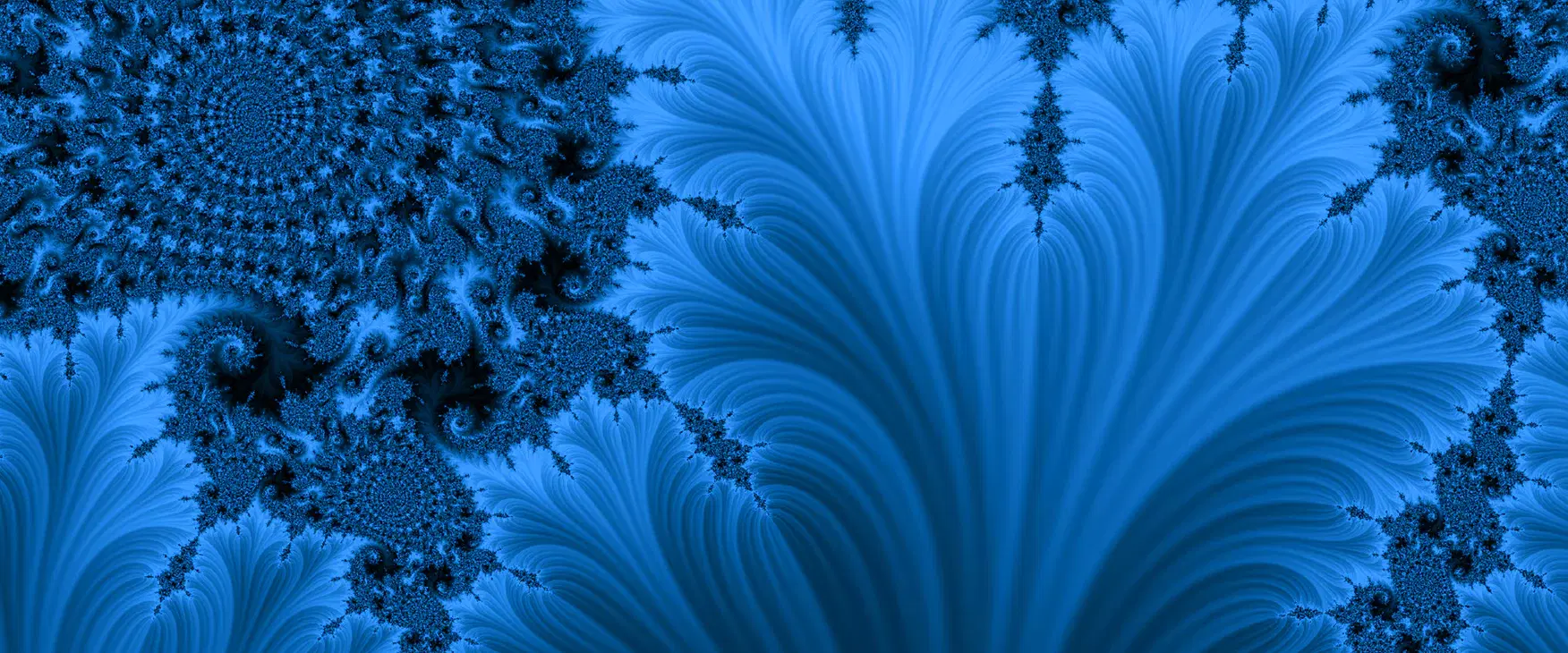Jackson Pollock’s Journey Towards Fractals
Dr Joe Dispenza | 03 January 2020
“The modern artist...is working and expressing an inner world—in other words—expressing the energy, the motion, and other inner forces.”
- Jackson Pollock
When the American painter Jackson Pollock began pouring and dripping paint across canvases in the late 1940s and early 1950s, his work at first appeared to be completely random. In a relatively short period of time, however, he garnered the public’s attention, and with that came critics who were eager to interpret his abstract, avant-garde style.
“We have a deliberate disorder of hypothetical hidden orders,” one critic wrote, “or ‘multiple labyrinths.’”
In 1999, a physicist named Richard Taylor from the University of Oregon came up with a new interpretation of these “hidden orders.” He found that they were not random at all, but instead were fractals—which means they were highly organized patterns. He also discovered that, as Pollock’s technique increased over time, so too did the order and coherence of the fractal patterns.
Of course, Pollock would not have known what a fractal was—nor would anyone else. It wasn’t until 1975 that the famed mathematician Benoit Mandelbrot coined the term to describe similar or universal patterns that exist across different-sized scales. Said another way, they were a “middle ground” between order and chaos.
The Distillation of Information
When I talk about gaining information from the quantum field, rather than through our senses, we first have to diminish neurological activity in the neocortex. The neocortex, or the thinking brain, is what plugs us into this 3D reality. When we quiet its activity and open our awareness to space, the brain creates coherent alpha and theta brain waves. The more coherent these brain wave patterns are, the more it can structure, organize, and process information into actionable insights or meaningful information. The thing is, the brain works based on pattern recognition. It seeks associative patterns found in former experiences, the result of which wires the brain in relation to that experience. In other words, we see things equal to recognizable patterns. This means unknown information can’t be recognized by the neocortex.
So consider this—everything known or experienced through our senses is the distillation of organized information—and that includes our bodies. From fern leaves to lung and brain tissue, to peacock feathers, snowflakes, branching river delta ecosystems, and even solar systems, everything in nature is constantly reflecting back to us information in the form of self-repeating patterns.
In this 3D reality, if we gain information via learning and experiencing, what about information stored in the field that’s not yet patterned into 3D reality? The only way we could actually access and tune into that information is by suppressing the very part of the brain that connects us to this 3D reality. That part of the brain which connects us to our senses, our environment, our body, to linear time, and everything known is, of course, the neocortex.
When we dial down and suppress the neocortex’s function, the low level alpha and theta brain wave patterns allow us to tune into information in the field—information which already exists as interfering coherent patterns. In the process of drifting deeper into these brain wave patterns, time seems to slow down or dilate, allowing us to move deeper into the present moment. As a result of this immersion or synthesis with the eternal present moment, our perception of time also alters. Once we do this properly and tune into the frequencies that exist all around us (that is to say, the quantum field), much like a radio receiver that turns a signal into meaningful coherent sounds, the pineal gland transduces those fractal patterns that are carried on frequencies beyond the material world into profound imagery. In a sense, the novel information is processed in the brain as a lucid dream and it is as if the inner experience is very real.
Field of Dreams
At all times we are moving through infinite fields of information and that information exists as fractal patterns in the form of energy and frequency. In order for us to understand and organize that information, our brain and heart have to be coherent. What that means is the coherent brain actually synchronizes with the coherence of a pattern in the field. In other words, when there is a coherent nervous system (a balance between your brain and your heart), information organized into fractal patterns can be read like a code. This is how we pick up information from the field instead of our senses.
So could it be that, in the act of creation, as Pollock’s neocortex quieted and moved into the present moment, he was tapping directly into the field? Could it be that Pollock was simply accessing information directly through his subconscious mind and expressing it on canvas?
Pollock once said, “Painting is self-discovery. Every good artist paints what he is.” If consciousness (which is energy and the awareness of information) first exists as fractal patterns, and consciousness is also the precursor of matter and life—and life is the expression and bloom of that consciousness in physical form—then perhaps Pollock was simply channeling, mirroring, and reducing the true nature of our existence to its smallest scale.

Comments